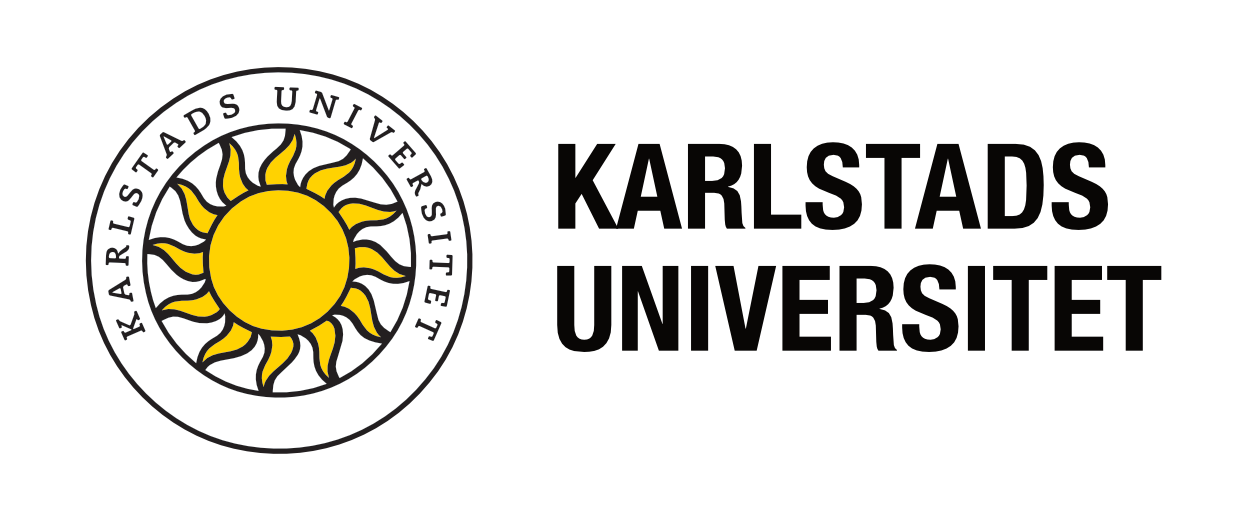Research in the field of Behavioral Economics shows that the tendency to cheat decreases when you are forced to explicitly state that you have not done so, especially if the declaration is made first, before submitting something.
In Canvas, the student is forced to make such a declaration in connection with the submission of an assignment. This is done by simply checking a box when uploading the solution.
The declaration thus comes after you have produced your solution.
It also does not require any particularly active action.
Requiring the declarion to be made upfront and to require some active measures (more than just checking a box) both reduces the tendency to cheat.
Solution
A reinforcing technique for this is to require in the exam that the student, in their solution, actively paste a declaration that they has not cheated.
The strongest effect is achieved if this is to be done on top of the first page in the students submitted text (compared to paste it at the last page).
Concrete steps
The following exam instruction has been used in take-home exams in Project Management courses. It focuses on cheating through collaboration:
“The text below must be pasted first in your submitted solution. If it is missing, the solution will not be assessed at all. More information about cheating, plagiarism and rules for examination can be found at kau.se.
‘I have completed this examination on my own and have not talked to or otherwise collaborated with other students about the examination assignment. I am aware that collaboration in an individual examination is cheating. I am aware that teachers are obliged to report suspected attempted cheating, e.g. collaboration, to the Vice-Chancellor for investigation by the Disciplinary Committee. I have understood that the university may and will take disciplinary action against students who cheat, e.g. by suspension from teaching.’ “
Consequence
The experience is that the number of suspected cases appear to be fewer (but this can of course be wishful thinking. The number of students is relatively few, normally 20-40 per exam.).
It is important to really implement the threat of not assessing solutions that lack the declaration. It affects how the students relate to the declaration in future exams (Even one single such case will affect the culture in whole student group).
Reading tips on cheating
See e. g. Ariely, Dan. (2012). ”The (Honest) Thruth about Dishonesty” for many examples of studies on how open declaration of honesty counteracts cheating and dishonesty in practice. One of these is that the stated mileage (which affected the premium for car insurance) increased on average when the notification of insurance information contained a declaration that the information provided was correct was moved from the bottom of the form to the top of it.
Tomas Jansson (UPE, Project management)

